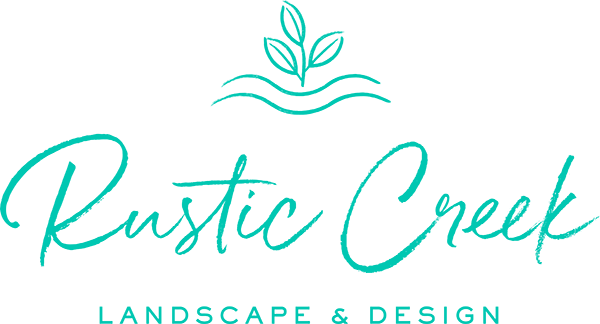If you need to remove a tree from your property, you might be tempted to just grab a chainsaw and get to work. Unfortunately, tree removal is not that simple.
In fact, removing a tree is a complex and potentially dangerous task that requires thoughtful preparation, the right tools, and often, professional expertise.
Whether you’re dealing with a diseased tree, a storm-damaged trunk, or a tree growing too close to a structure, you should always prioritize safety when it comes to tree removal. Here are the most important things to remember to ensure a safe removal process—whether you decide to hire the job out or do it yourself.
Assess the situation thoroughly.
Before you do anything else, it’s important to assess the tree’s condition and surroundings. Ask yourself these questions:
- Is the tree leaning?
- Is the tree structurally compromised in some way?
- Are there dead branches or other signs of disease?
- Are there power lines nearby?
- What structures (residences, buildings, fences, etc.) could potentially be within falling range?
When you know what you’re dealing with, you’ll be able to make an informed decision about how to move forward.
Know when to call the pros.
To put it simply, most tree removals are better left to the professionals. Still not sure? Consider these qualifications that make it almost essential that you hire professional help.
- The tree is taller than 15 feet.
- The tree is close to your house, another structure, or power lines.
- The tree shows signs of rot (soft or spongy wood near the base; fungal growth on the bark; cracks or holes in the trunk; dead or falling branches).
- The tree is leaning significantly or unusually.
When in doubt, it’s always best to consult a professional in order to minimize the risk of damage to people or property.
Get the right permits.
Make sure you have the proper permission to remove your tree. Check with your HOA or city to see if there are any restrictions around tree removal in your area.
Use the right equipment.
If you are committed to doing the job yourself, and your tree does not fit any of the criteria listed above, you’ll want to gather the proper tools for the job. At the very least, you will need:
- A helmet
- Safety goggles
- A chainsaw in good condition
- Work gloves
- Steel-toe boots
- Ropes
- A sturdy ladder (if you can’t reach the top of your tree on your own)
Plan the felling direction and clear the drop zone.
Plan the area where the tree will fall, and clear it as much as possible. If you can, block the area off with caution tape in order to send a clear signal that people should stay out of this zone.
Trees can fall in unpredictable ways. The best way to control the direction of the fall is to make a notch (or face cut) on the side of the trunk facing the direction you want the tree to fall. Then, make another cut on the opposite side of the trunk, slightly above the notch.
If you’re not sure how to do this safely, it’s best to stop and consult an expert, rather than risk an accident.
Watch closely—always.
Again, this process can be unpredictable. The tree trunk or branches could twist, swing, or snap unexpectedly, creating surprise hazards throughout the process. Be on the lookout for unusual movement, and steer clear of the drop zone at all times. Plan where you will stand as the tree falls, and have a backup “escape route” planned in case things go awry.
Remove the stump safely.
Professional grinding is widely regarded as the safest and most effective method of stump removal. Still, you may be able to remove a small stump by digging it out manually or using a chemical stump remover.
Dispose of debris.
Plan ahead for how you’ll dispose of debris. Your city may have pickup options to help you dispose of it, or you can rent a woodchipper to turn it into mulch. Take care to not use the wood for firewood if the tree showed any signs of disease.
Remember—safe tree removal is about more than cutting and hoping for the best. It requires strategy and attention to detail. Think carefully about these tips as you plan your project, and if any part of the process is outside your comfort zone, contact a professional to do the job for you.
For help with your landscape project, contact Arizona’s premier custom landscape design company, Rustic Creek Landscaping to speak with one of our skilled experts about your yard.

